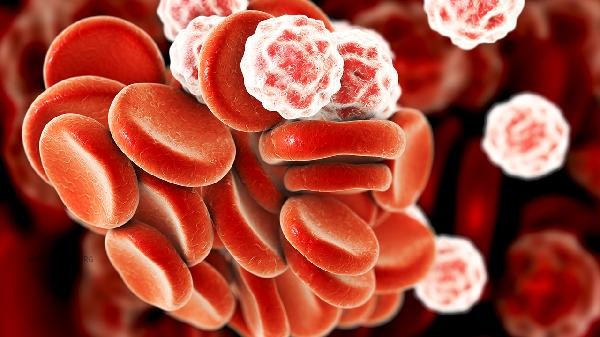Elevated levels of interleukin-6 usually indicate the presence of inflammatory reactions or immune system abnormalities in the body, which may be caused by factors such as infection, autoimmune diseases, tumors, tissue damage, or metabolic disorders. The main influencing factors include bacterial or viral infections, autoimmune diseases such as rheumatoid arthritis, malignant tumors, postoperative trauma reactions, and metabolic abnormalities such as obesity.

1. Infection factors:
Bacterial or viral infections are common causes of elevated interleukin-6 levels. When pathogens invade the human body, the immune system releases inflammatory factors such as interleukin-6 to activate the immune response. Bacterial pneumonia, urinary tract infections, viral hepatitis, etc. can all cause abnormalities in this indicator, usually accompanied by symptoms such as fever and elevated C-reactive protein. Targeted anti infective treatment is required after identifying the source of infection through blood culture and pathogen testing.
2. Autoimmune diseases:
Diseases such as rheumatoid arthritis and systemic lupus erythematosus can cause the immune system to mistakenly attack their own tissues, continuously stimulating the secretion of interleukin-6. Patients may experience symptoms such as joint swelling and pain, rash, proteinuria, etc. Immunosuppressants such as methotrexate and biopharmaceutical tocilizumab can block the interleukin-6 signaling pathway, but regular monitoring of liver and kidney function is necessary.
3. Tumor related:

Malignant tumor cells such as multiple myeloma and lymphoma can autonomously secrete interleukin-6 to promote tumor growth. Some solid tumors such as ovarian cancer and prostate cancer may also have elevated indicators due to inflammatory reactions in the tumor microenvironment. It is necessary to combine tumor markers and imaging examinations for screening. After diagnosis, surgical resection or radiotherapy and chemotherapy are required.
4. Tissue damage:
Major surgeries, severe burns, or myocardial infarction can trigger acute phase reactions, causing a sharp increase in interleukin-6 within 24 hours. This stress-induced elevation is usually accompanied by changes in platelet count, which gradually returns to normal with wound repair. Postoperative monitoring of signs of infection is necessary, and prophylactic use of antibiotics may be necessary.
5. Metabolic abnormalities:
Obese individuals have excessive secretion of interleukin-6 from adipose tissue, which is closely related to insulin resistance. Long term high may induce metabolic syndrome such as type 2 diabetes and fatty liver. Weight management and aerobic exercise can reduce visceral fat content and improve chronic low-grade inflammation. When high levels of interleukin-6 are found in [SEP], other examinations should be combined to make a comprehensive judgment. Suggest increasing the intake of anti-inflammatory foods such as deep-sea fish and nuts rich in omega-3 fatty acids, and regularly engaging in moderate intensity exercises such as brisk walking and swimming. Avoid behaviors that worsen inflammation, such as staying up late and smoking. Chronic disease patients should have their inflammation indicators rechecked every 3-6 months. If it continues to rise with unexplained fever and weight loss, it is necessary to promptly screen for tumors or special infections.









Comments (0)
Leave a Comment
No comments yet
Be the first to share your thoughts!